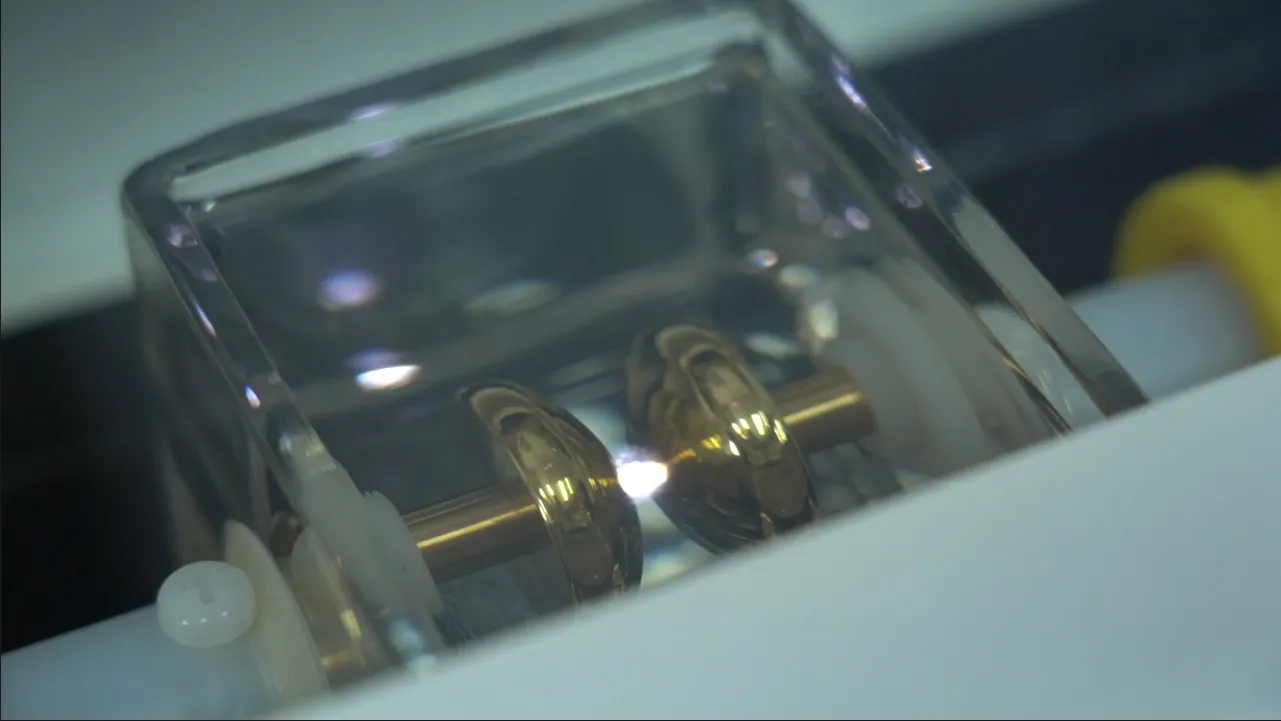 English
English



-
 Afrikaans
Afrikaans -
 Albanian
Albanian -
 Amharic
Amharic -
 Arabic
Arabic -
 Armenian
Armenian -
 Azerbaijani
Azerbaijani -
 Basque
Basque -
 Belarusian
Belarusian -
 Bengali
Bengali -
 Bosnian
Bosnian -
 Bulgarian
Bulgarian -
 Catalan
Catalan -
 Cebuano
Cebuano -
 China
China -
 China (Taiwan)
China (Taiwan) -
 Corsican
Corsican -
 Croatian
Croatian -
 Czech
Czech -
 Danish
Danish -
 Dutch
Dutch -
 English
English -
 Esperanto
Esperanto -
 Estonian
Estonian -
 Finnish
Finnish -
 French
French -
 Frisian
Frisian -
 Galician
Galician -
 Georgian
Georgian -
 German
German -
 Greek
Greek -
 Gujarati
Gujarati -
 Haitian Creole
Haitian Creole -
 hausa
hausa -
 hawaiian
hawaiian -
 Hebrew
Hebrew -
 Hindi
Hindi -
 Miao
Miao -
 Hungarian
Hungarian -
 Icelandic
Icelandic -
 igbo
igbo -
 Indonesian
Indonesian -
 irish
irish -
 Italian
Italian -
 Japanese
Japanese -
 Javanese
Javanese -
 Kannada
Kannada -
 kazakh
kazakh -
 Khmer
Khmer -
 Rwandese
Rwandese -
 Korean
Korean -
 Kurdish
Kurdish -
 Kyrgyz
Kyrgyz -
 Lao
Lao -
 Latin
Latin -
 Latvian
Latvian -
 Lithuanian
Lithuanian -
 Luxembourgish
Luxembourgish -
 Macedonian
Macedonian -
 Malgashi
Malgashi -
 Malay
Malay -
 Malayalam
Malayalam -
 Maltese
Maltese -
 Maori
Maori -
 Marathi
Marathi -
 Mongolian
Mongolian -
 Myanmar
Myanmar -
 Nepali
Nepali -
 Norwegian
Norwegian -
 Norwegian
Norwegian -
 Occitan
Occitan -
 Pashto
Pashto -
 Persian
Persian -
 Polish
Polish -
 Portuguese
Portuguese -
 Punjabi
Punjabi -
 Romanian
Romanian -
 Russian
Russian -
 Samoan
Samoan -
 Scottish Gaelic
Scottish Gaelic -
 Serbian
Serbian -
 Sesotho
Sesotho -
 Shona
Shona -
 Sindhi
Sindhi -
 Sinhala
Sinhala -
 Slovak
Slovak -
 Slovenian
Slovenian -
 Somali
Somali -
 Spanish
Spanish -
 Sundanese
Sundanese -
 Swahili
Swahili -
 Swedish
Swedish -
 Tagalog
Tagalog -
 Tajik
Tajik -
 Tamil
Tamil -
 Tatar
Tatar -
 Telugu
Telugu -
 Thai
Thai -
 Turkish
Turkish -
 Turkmen
Turkmen -
 Ukrainian
Ukrainian -
 Urdu
Urdu -
 Uighur
Uighur -
 Uzbek
Uzbek -
 Vietnamese
Vietnamese -
 Welsh
Welsh -
 Bantu
Bantu -
 Yiddish
Yiddish -
 Yoruba
Yoruba -
 Zulu
Zulu
potentiometric ph
Understanding Potentiometric pH Measurement Principles and Applications
Potentiometric pH measurement is a widely used analytical technique in chemistry and various scientific fields that allows for the accurate determination of the acidity or alkalinity of a solution. This method relies on the principles of electrochemistry and utilizes a pH electrode to measure the potential difference between two electrodes immersed in the solution being analyzed. This article will delve into the fundamental principles of potentiometric pH measurement, the components involved, and its applications across various industries.
Fundamentals of Potentiometric pH Measurement
At its core, potentiometric pH measurement is based on the Nernst equation, which describes the relationship between the concentration of hydrogen ions ([H⁺]) in a solution and the voltage produced by an electrochemical cell. The pH scale is logarithmic, reflecting the acidity or basicity of a solution, and is defined as the negative logarithm of the hydrogen ion concentration
\[ pH = -\log[H⁺] \]
The pH electrode, also known as a glass electrode, is specially designed to respond to changes in hydrogen ion concentration. It comprises two main components a glass membrane that selectively allows hydrogen ions to pass through and an internal reference electrode that maintains a constant potential. When the pH electrode is placed in a solution, a voltage is generated that corresponds to the hydrogen ion concentration, and this potential difference can be accurately measured.
Components of a Potentiometric pH Measurement System
1. Reference Electrode This is a stable electrode with a constant potential, typically filled with a saturated solution of potassium chloride (KCl). Common types include the silver/silver chloride electrode and the calomel electrode. The reference electrode provides a baseline against which the measurement can be compared.
2. Glass Electrode This is the sensor that responds to hydrogen ions. The glass membrane is sensitive to changes in pH and allows protons to exchange across the membrane, creating a potential difference that correlates with the hydrogen ion concentration.
potentiometric ph

3. pH Meter The pH meter is an electronic device that measures the voltage produced by the electrodes and converts it into a pH reading. Modern pH meters are equipped with calibration features and temperature compensation to ensure accurate results.
Applications of Potentiometric pH Measurement
Potentiometric pH measurement has a wide range of applications across various fields, including
- Environmental Monitoring pH is a critical parameter in assessing water quality. Potentiometric pH measurement is used to monitor the acidity of rivers, lakes, and oceans, helping to detect pollution and its effects on aquatic ecosystems.
- Food and Beverage Industry pH plays a vital role in food processing, fermentation, and preservation. Accurate pH measurement ensures product quality, safety, and compliance with regulatory standards.
- Pharmaceuticals The pH of drug formulations can significantly affect their stability and bioavailability. Potentiometric pH measurement is essential in developing and manufacturing pharmaceuticals to ensure efficacy and safety.
- Agriculture Soil pH influences nutrient availability and crop health. Farmers and agronomists use potentiometric pH measurements to optimize soil management practices and improve crop yields.
- Research and Development In laboratories, pH measurement is a fundamental aspect of many experiments and analyses, facilitating research in chemistry, biology, and material science.
In conclusion, potentiometric pH measurement is a cornerstone technique in analytical chemistry, offering precision and versatility across various applications. Understanding its principles and components allows scientists and industry professionals to make informed decisions, ensure product quality, and maintain environmental standards. As technology evolves, the importance of accurate pH measurement will continue to grow, reflecting its critical role in both scientific research and everyday life.
-
Exploring the Main Types of Industrial Endoscopes and Their Applications Across IndustriesNewsJul.04,2025
-
Testing Equipment Industry Sees Major Advancements in 2025: Smart & Precision Technologies Lead the WayNewsJun.06,2025
-
Applications of Direct Current Generators in Renewable Energy SystemsNewsJun.05,2025
-
Hipot Tester Calibration and Accuracy GuidelinesNewsJun.05,2025
-
Digital Circuit Breaker Analyzer Features and BenefitsNewsJun.05,2025
-
Benefits of Real-Time Power Quality Monitoring Devices for Industrial EfficiencyNewsJun.05,2025



